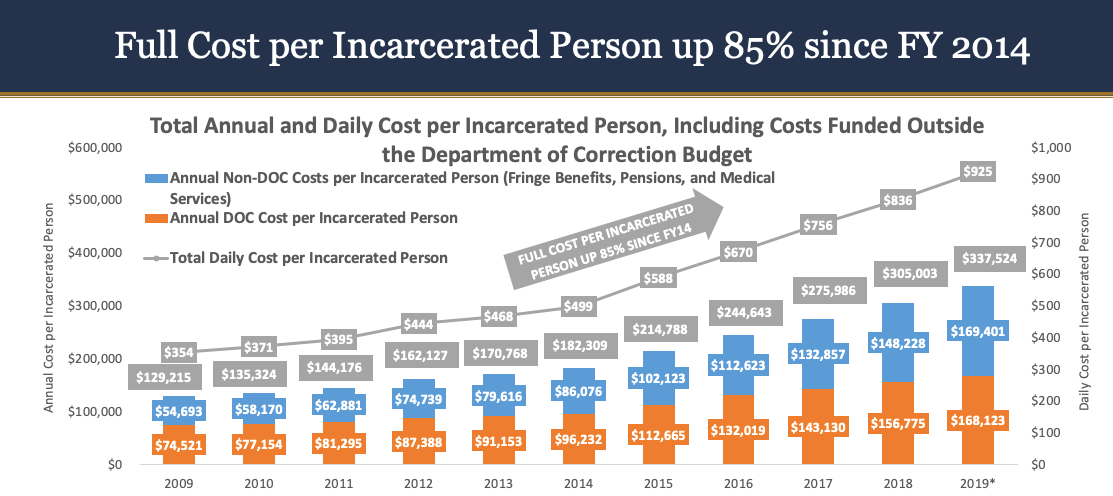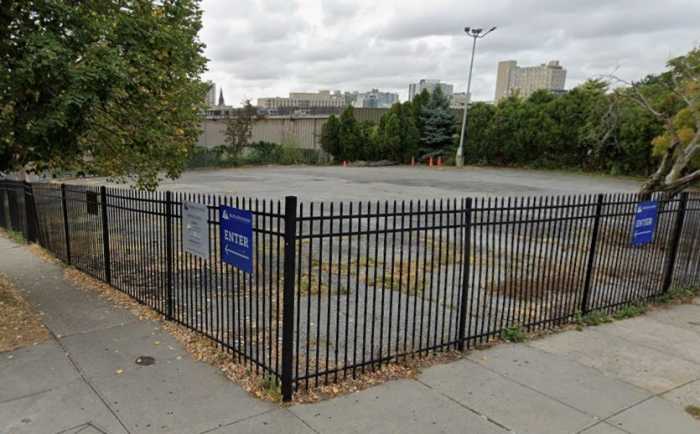It has never been more expensive to jail one person in NYC.
According to a new analysis of Department of Correction (DOC) data released Friday by city Comptroller Scott Stringer’s office, the annual cost of incarceration has ballooned to $337,524 per person per year – or $925 per day. The analysis shows an 85% increase in cost since 2014.
These cost increases have occurred, the comptroller’s office notes, as DOC’s budget declined for the first time in recent history, falling $60 million to about $1.3 billion in 2019, a reduction of about 4%.

At the same time, Jail-related expenses outside the DOC budget are estimated to have grown by about 2% in this year. The report notes that the city spent an additional $1.3 billion in jail-related expenses outside the DOC budget, including employee fringe benefits and pension contributions and correctional health care services.
Although the DOC has been spending more, the city’s incarceration rate continues to fall. The jail population has declined from 11,000 in 2014 to about 7,000 today, according to data published by the Mayor’s Office of Criminal Justice.
“It’s time to fundamentally transform our criminal justice system — and key to that is an efficient corrections system committed to safety and rehabilitation. Although our jail system has shrunk, this analysis shows that the system has not changed, as spending, violence, and the use of force continue to rise disproportionately,” said Stringer. “For long-term savings — and the long-term good of our City — we must start seeing better all-around outcomes as our jail population declines.”
The report found that over the past decade, the average daily jail population fell by 41% – but violent infractions increased by 79%. This indicates that violent incidents have continued to rise disproportionately to the declining incarcerated population.
These findings come as the city proceeds to implement sweeping criminal justice reforms, including the construction of borough-based jails, speedy trial laws, and the fight to end cash bail.
“Our vastly reduced jail population should be yielding significant savings that we can reinvest in communities and strategies that keep our jail population as small as possible and turn the page from decades of mass incarceration,” Stringer continues. “We have far more work to do.”










